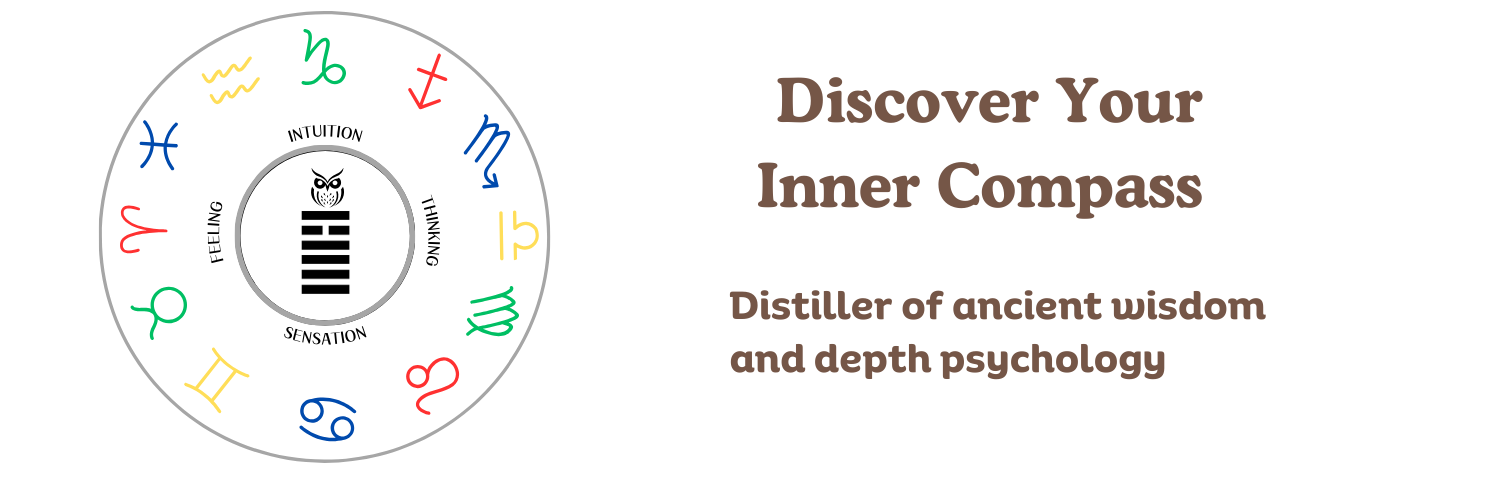This article will explore introverted sensation in all 8 of the different roles it plays in the personality. This is per Jungian analyst John Beebe’s 8 function personality type model.
First we’ll take a look at Si in general terms.
Si types experience strong subjective sensations. Si records both extroverted and introverted sensory experiences with precision and compares past and present sensations. Si can tend to believe things will remain the way they are in the present,
The Si type is a keen observer and remembers the physical world in detail. Emma Jung, Carl Jung’s wife, was an Si type and described herself as a highly sensitized photographic plate (von Franz & Hillman, Lectures on Psychological Type, 1971). She said that when someone entered a room she noticed everything about them, including hair, how they walked, clothes, expression, and so on:
Outwardly, the introverted sensation type … just sits and stares, and you do not know what is going on within him. He looks like a piece of word with no reaction at all – unless he reacts with one of the auxiliary functions, thinking or feeling. But inwardly the impression is being absorbed. (p. 34).
Here is what Carl Jung said about introverted sesnation in Psychological Types:
Introverted sensation apprehends the background of the physical world rather than its surface. […] Introverted sensation transmits an image which does not so much reproduce the object as spread over it the patina of age-old subjective experience . . . . while extraverted sensation seizes on the momentary existence of things open to the light of day.
Below is the infographic I made that describes all 8 archetypal roles of Si. All personality types have Si and it behaves differently depending where it is. Half of the 16 personalities have it in the top four functions where it is more conscious. The other half have it in shadow:

These archetypes descriptions are just sketches and aren’t meant to be literal. The shadow functions in particular are highly qualitative. Our shadow is unconscious and the contents of each person’s shadow differ, of course. The shadow functions are a guide for you to understand your complexes better. When you get “triggered,” and it is brought to your conscious attention (usually by another person) you can try to trace it back to a shadow function and then reverse engineer it further to explore the origin of your complex.
Remember that no function ever acts separately from the other functions. Jung said we almost never see a pure form of a function. We consider a function only in order to better understand the whole of the personality.
This is part 2 of 8 in the series. My other articles in this series:
The 8 archetypes of Extroverted Sensation
The 8 archetypes of Extroverted Intuition (Ne)
